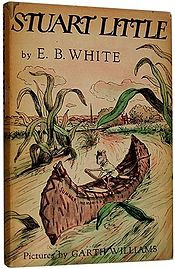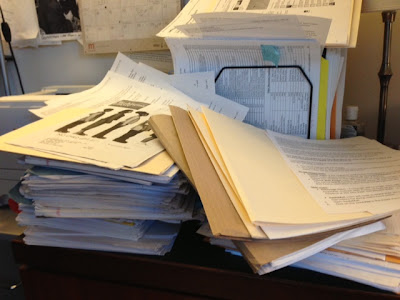Small Favors
I read in today’s Writer’s Almanac that July 11 is the birthday of E. B. White, essayist, journalist and the author of the beloved children’s books Stuart Little and Charlotte’s Web. Here’s what White said about the genesis of Stuart Little:
“I took a train to Virginia, got out, walked up and down in the
Shenandoah Valley in the beautiful springtime, then returned to New York
by rail. While asleep in an upper berth, I dreamed of a small character
who had
the features of a mouse, was nicely dressed, courageous, and questing.
When I woke up, being a journalist and thankful for small favors, I made
a few notes about this mouse-child — the only fictional figure ever to
have honored and disturbed my sleep.”
What caught my eye is the phrase “being a journalist and thankful for small favors.” As usual, White nails it in a few words. When one makes a living asking other people questions, one is grateful for information. And inspiration.
It took 15 years after the mouse-child appeared in his dream for White to complete the manuscript for Stuart Little. Talk about inspiration. I’m grateful for small favors.
First Edition Cover from Wikipedia

